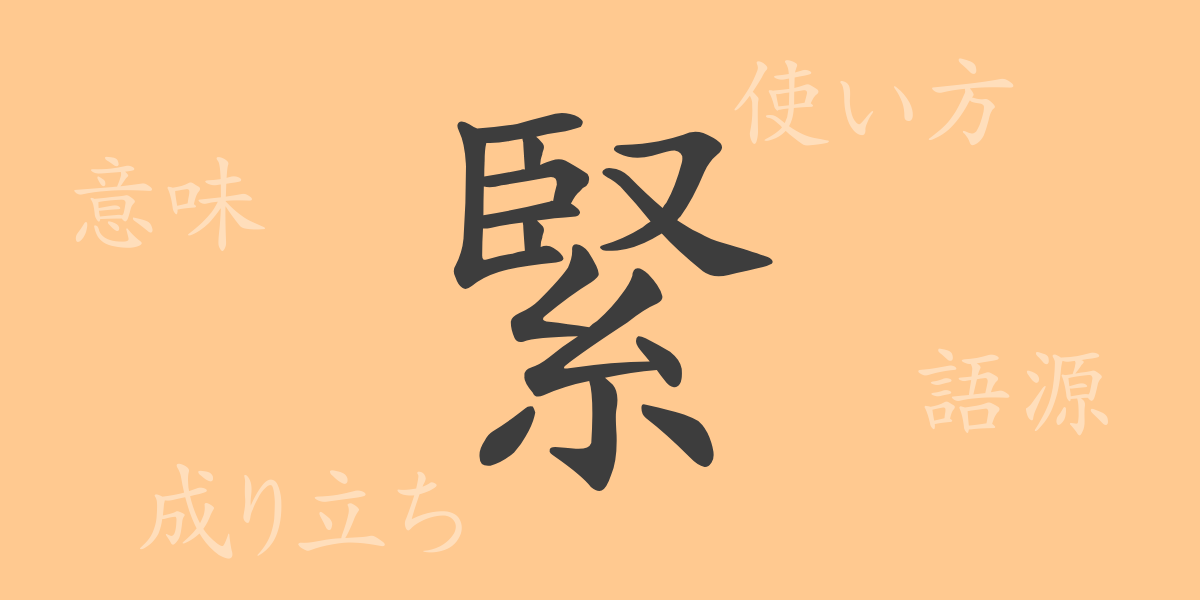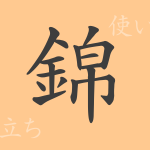The Japanese language is celebrated worldwide for its subtlety and richness of expression. Each kanji character embodies meanings that reflect the depth of Japanese culture. Today, we focus on the frequently used kanji “緊(きん)” and explore its various facets and how it integrates into our daily lives. Let’s delve into the charm of this character and understand its significance in our everyday existence.
Origin of 緊(きん) (Etymology)
The kanji “緊(きん)” has evolved from ancient Chinese pictographs. Its origin lies in the character “臤,” which depicted the act of drawing a bow. Over time, this transformed into “緊(きん),” which symbolizes tightening a string. As time passed, “緊(きん)” came to represent not only physical tension but also mental stress and urgency.
Meanings and Uses of 緊(きん)
The kanji “緊(きん)” has both on’yomi (Chinese reading) “きん” and kun’yomi (Japanese reading) “し.める.” It is used in words like “緊張(きんちょう)” (tension), “緊急(きんきゅう)” (emergency), and “緊密(きんみつ)” (closely-knit), indicating physical or mental tightness, tension, or close relationships. For example, “緊急事態(きんきゅうじたい)” means an urgent situation, and “緊密な計画(きんみつなけいかく)” refers to a detailed, thorough plan.
Readings, Stroke Count, and Radical of 緊(きん)
The kanji “緊(きん)” plays a vital role in Japanese writing. Here are its basic details:
- Readings: On’yomi – きん, Kun’yomi – し.める
- Stroke count: 15 strokes
- Radical: 糸部(いとへん) (thread radical)
Idioms, Phrases, and Proverbs Using 緊(きん)
There are numerous idioms, phrases, and proverbs in Japanese that include “緊(きん).” Here are a few examples:
- 緊急避難(きんきゅうひなん): Urgent evacuation to escape danger or disaster
- 緊迫する(きんぱくする): A situation that is highly tense
- 緊縛(きんばく): Physically tying up
- 緊要(きんよう): Being extremely important
These expressions are used in daily conversations, news, literary works, and various other contexts.
Conclusion on 緊(きん)
The kanji “緊(きん)” has been used in various contexts from its origins to the present day. It is indispensable for conveying urgency or tension. The notions of “tightening” or “tension” represented by this character are essential elements for maximizing the power of words. By understanding the kanji “緊(きん),” we can better appreciate the depth of the Japanese language and its beauty.

























